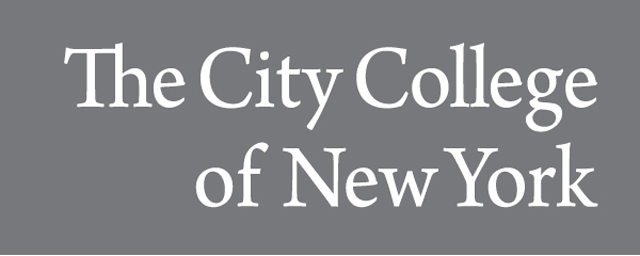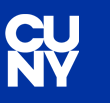
Dissertations and Theses
Date of Award
2017
Document Type
Thesis
Department
Biomedical Engineering
First Advisor
Lucas Parra
Keywords
Multi-Atlas Image Segmentation, Joint label fusion, Optimum Atlas selection, Aphasia stroke heads, Automatic image segmentation
Abstract
Multi-atlas image segmentation using label fusion is one of the most accurate state of the art image segmentation techniques available for biomedical imaging applications. Motivated to achieve higher image segmentation accuracy, reduce computational costs and a continuously increasing atlas data size, a robust framework for optimum selection of atlases for label fusion is vital. Although believed not to be critical for weighted label fusion techniques by some works (Sabuncu, M. R. et al., 2010, [1]), others have shown that appropriate atlas selection has several merits and can improve multi-atlas image segmentation accuracy (Aljabar et al., 2009, [2], Van de Velde et al., 2016) [27]. This thesis proposed an automatic Optimum Atlas Selection (OAS) framework pre-label fusion step that improved image segmentation performance dice similarity scores using Joint Label Fusion (JLF) implementation by Wang et al, 2013, [3, 26]. A selection criterion based on a global majority voting fusion output image similarity comparison score was employed to select an optimum number of atlases out of all available atlases to perform the label fusion step. The OAS framework led to observed significant improvement in aphasia stroke heads magnetic resonance (MR) images segmentation accuracy in leave-one out validation tests by 1.79% (p = 0.005520) and 0.5% (p = 0.000656) utilizing a set of 7 homogenous stroke and 19 inhomogeneous atlas datasets respectively. Further, using comparatively limited atlas data size (19 atlases) composed of normal and stroke head MR images, t-tests showed no statistical significant difference in image segmentation performance dice scores using the proposed OAS protocol compared to using known automatic Statistical Parametric Mapping (SPM) plus a touchup algorithm protocol [4] for image segmentation (p = 0.49417). Thus, leading to the conclusions that the proposed OAS framework is an effective and suitable atlas selection protocol for multi-atlas image segmentation that improves brain MR image segmentation accuracy. It is comparably in performance to known image segmentation algorithms and can lead to reduced computation costs in large atlas data sets. With regards to future work, efforts to increase atlas data size and use of a more robust approach for determining the optimum selection threshold value and corresponding number of atlases to perform label fusion process can be explored to enhance overall image segmentation accuracy. Furthermore, for an unbiased performance comparison of the proposed OAS framework to other image segmentation algorithms, truly manually segmented atlas ground truth MR images and labels are needed.
Recommended Citation
agyeman, kofi, "Automatic Optimum Atlas Selection for Multi-Atlas Image Segmentation using Joint Label Fusion" (2017). CUNY Academic Works.
https://academicworks.cuny.edu/cc_etds_theses/676

